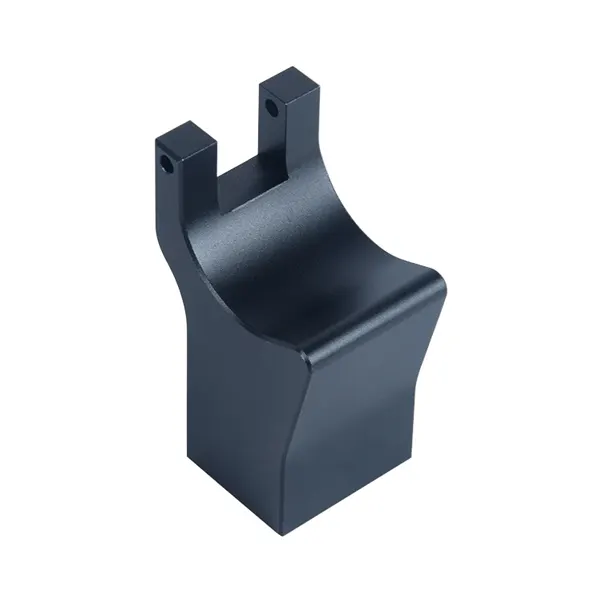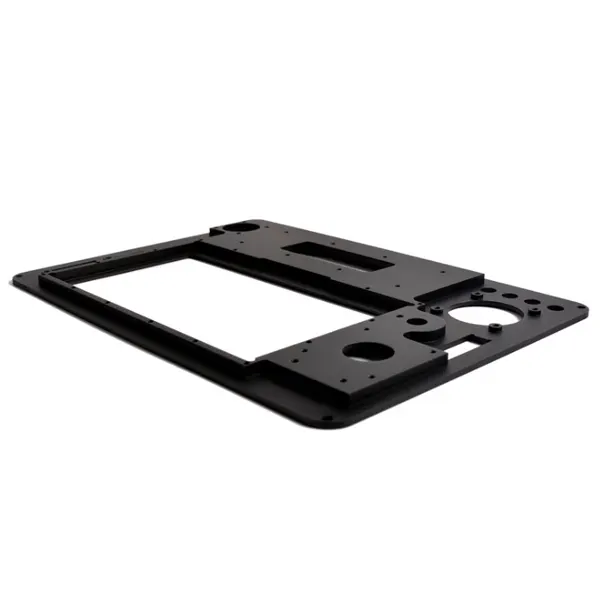GD Prototyping

CNC Machining Aluminum Parts With Anodizing
Custom CNC machining aluminum parts for prototypes in small batch and mass production.
Classification:
Small batches
Keywords:
- cnc machining aluminum
- anodizing metal
- custom cnc aluminum
- Description
- Specification
- Application
- FAQS
CNC machining is an effective method for producing aluminum parts with precision and consistency. It supports various techniques such as turning, milling, and multi-axis machining. These methods allow you to create parts with complex geometries and tight tolerances.
After machining, you can apply different finishes based on the desired appearance or function. Sandblasting gives a matte surface. Polishing creates a mirror-like shine. Brushing adds a uniform grain texture. Anodizing strengthens the surface and adds color. These finishing options help protect the part and improve its visual appeal.
CNC Machining Aluminum Parts With Anodizing provides both mechanical strength and surface durability. The anodized layer resists wear and corrosion, which helps extend the life of the component. You can also choose from a range of anodized colors to match branding or product design goals.
Laser engraving and coating are additional options. You can use these to add markings or further enhance resistance to environmental factors. CNC Machining Aluminum Parts With Anodizing works well for industries such as automotive, aerospace, electronics, and consumer products. The process supports both mechanical strength and surface quality, making it a practical choice for visible or high-use components.
Clear prototype machining uses materials like acrylic (PMMA) and polycarbonate (PC). These plastics work well when transparency and light transmission are important. Applications often include automotive light covers, display windows, and exterior parts that need a clear or optical-grade finish.
To achieve clarity, you can polish the machined surface until it becomes smooth and reflective. This method is useful when testing visual design or light performance. When combined with metal parts, clear prototypes support complete functional models or pre-production assemblies.
| Parameter | Value / Description |
|---|---|
| Material | Aluminum alloys |
| Machining Methods | CNC milling, CNC turning, multi-axis machining |
| Corrosion Resistance | Excellent (especially Type III for harsh environments) |
| Hardness Increase | Up to ~500 HV with hard anodizing (Type III) |
- Consumer Electronics:Phone shells, laptop enclosures, camera housings, heat sinks.
- Automotive:Engine brackets, decorative trims, structural mounts, pedal parts.
- Aerospace:Lightweight structural components, mounts, panels, and instrument housings.
- Medical Devices:Surgical equipment housings, handles, and precision components with biocompatible surfaces.
- Robotics & Automation:Sensor frames, motor mounts, joint components requiring both strength and precision.
1. What is anodizing?
Anodizing is an electrochemical process that thickens the natural oxide layer on aluminum, improving corrosion resistance, surface hardness, and appearance.
2. What aluminum alloys are suitable for anodizing?
Common alloys include 6061, 6063, and 7075. 6061 is widely used for its balance of strength, machinability, and anodizing quality.
3. Will anodizing affect part dimensions?
Yes. Anodizing adds a thin layer (typically 5–25 µm), so tolerances should be adjusted accordingly during design.
4. What colors are available for anodizing?
Typical colors include clear, black, red, blue, gold, and more. Color vibrancy depends on the alloy and anodizing type.
5. Is anodizing just for appearance?
No. Besides aesthetics, it enhances wear resistance, corrosion protection, and electrical insulation.









